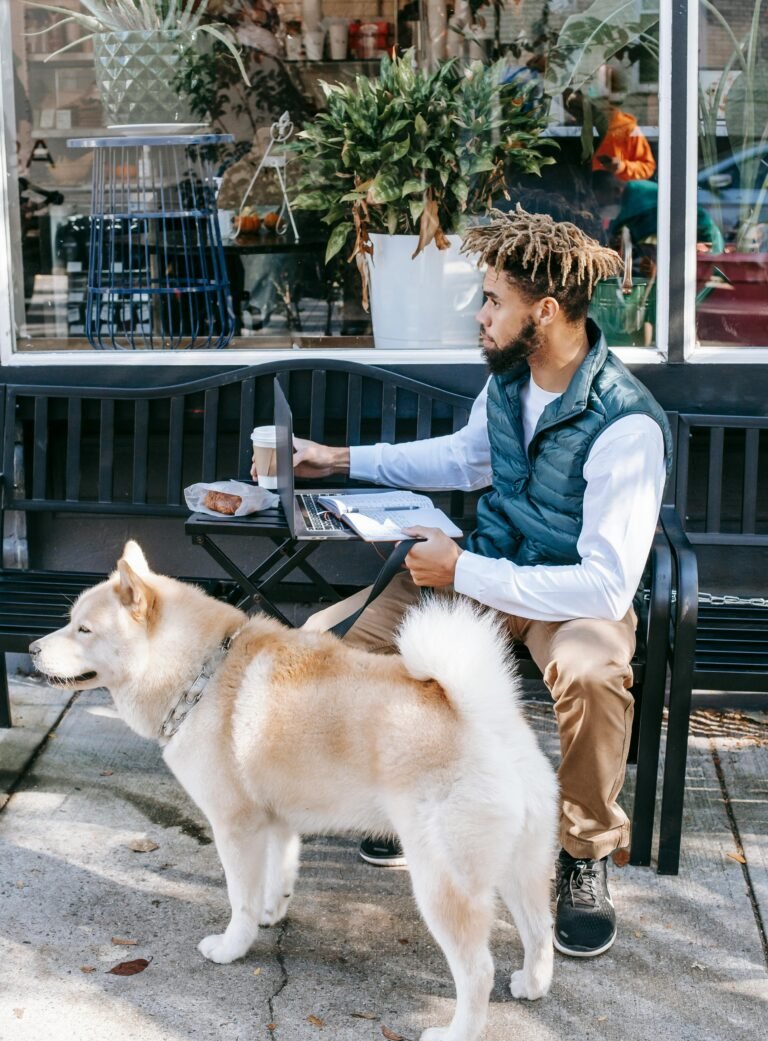Taking your dog on a flight can open the door to new adventures together, but it also requires careful planning to ensure a safe and comfortable journey. Airlines have specific rules for canine passengers, and not every dog is suited for air travel. This guide will walk you through the considerations, preparations, and day-of travel tips to make flying with your dog as stress-free as possible.
Should Your Dog Fly?
Before booking tickets, assess whether flying is appropriate for your dog. The unfamiliar sounds, smells, and sensations of air travel can be overwhelming. Dogs with health issues, extreme anxiety, or brachycephalic (short-nosed) breeds may be at higher risk during flights. Discuss any concerns with your veterinarian and consider alternative options like road trips or pet-sitting if necessary.
Understanding Airline Policies
Cabin vs. Cargo
Airlines allow a limited number of small dogs to travel in the cabin in carriers that fit under the seat. Larger dogs typically must travel in the cargo hold, which can be more stressful. Only trained service dogs are permitted to fly outside of carriers in the cabin. Contact your airline well in advance to confirm their pet policies, weight limits, carrier dimensions, and fees. Also, inquire about seasonal embargoes; some airlines restrict pet travel during extremely hot or cold weather.
Reservation and Documentation
Most airlines require advanced reservations for pets, as there is a cap on the number of animals allowed per flight. Some airlines may request a health certificate issued by a veterinarian within a certain timeframe before travel. International destinations often have additional requirements, such as vaccinations, microchipping, and import permits. Always comply with both departure and destination regulations.
Preparing for the Flight
Veterinary Check and Medications
Schedule a vet appointment a few weeks before your trip to ensure your dog is healthy enough to fly. Obtain any necessary medications and a current health certificate. If your dog suffers from anxiety or motion sickness, discuss options with your vet; sedatives are generally discouraged because they can affect breathing at altitude.
Crate Training and Comfort
Select an airline-approved carrier or crate. For cabin travel, carriers must fit under the seat and allow your dog to stand up and turn around. For cargo travel, choose a hard-sided crate with ventilation on all sides. Introduce the carrier well before the trip by creating positive associations—feed meals inside, place a favorite blanket or toy, and gradually increase the amount of time your dog spends in it.
Attach a label to the crate with your name, phone number, destination address, and the words “Live Animal.” Include a photo of your dog and contact information inside a plastic sleeve on top of the crate. Freeze water in the crate bowl the night before so it melts slowly during the flight, providing hydration without spillage.
Booking Flights and Timing
Whenever possible, book a direct flight to minimize transfers and reduce stress. Choose flights during cooler times of the day in the summer or midday in the winter to avoid extreme temperatures. Notify the airline if you experience delays or cancellations, as they can advise on pet care during layovers.
Packing Essentials
- Health records: Bring copies of vaccination records, health certificates, and permits.
- Carrier and bedding: Ensure your carrier meets airline requirements and has absorbent bedding.
- Food and water: Pack enough for the trip plus extra. Carry a portable water bowl and bottled water.
- Medications: Bring all prescriptions and supplements.
- Leash and collar/harness: Keep your dog secure during screening and boarding.
- Waste bags and cleaning supplies: Be prepared for accidents.
- Comfort items: Include familiar toys or blankets.
At the Airport
Arrive early to allow ample time for check-in and security screening. For cabin travel, the carrier must go through the X-ray machine while you carry your dog through the metal detector. For cargo travel, confirm with staff that your dog has been safely loaded onto the plane. Provide a final opportunity for your dog to relieve themselves before boarding. Many airports offer designated pet relief areas inside and outside security.
During the Flight
If your dog is in the cabin, place the carrier under the seat as instructed. Speak softly to reassure them, but do not open the carrier during the flight unless absolutely necessary. For dogs in cargo, inform a flight attendant so they can notify the pilot to ensure temperature controls are maintained.
After Landing
Retrieve your dog as soon as possible upon arrival. Offer water and a bathroom break before leaving the airport. Monitor them for signs of stress, dehydration, or illness, and contact a veterinarian if unusual symptoms appear.
Final Tips and Conclusion
Flying with your dog requires planning and preparation, but it can be done safely. Assess whether air travel is appropriate, understand airline policies, make reservations early, and practice crate training. Pack essential supplies and book direct flights when possible. On travel day, arrive early, keep your dog comfortable, and monitor their well-being throughout the journey. With careful planning, you and your furry companion can explore new destinations together.






